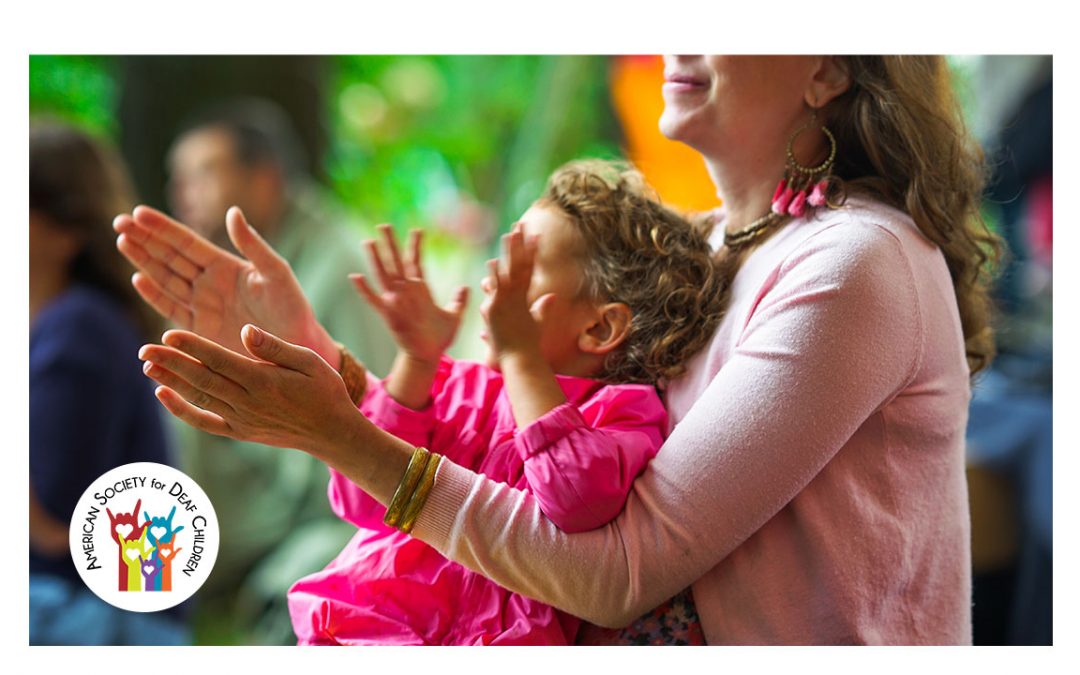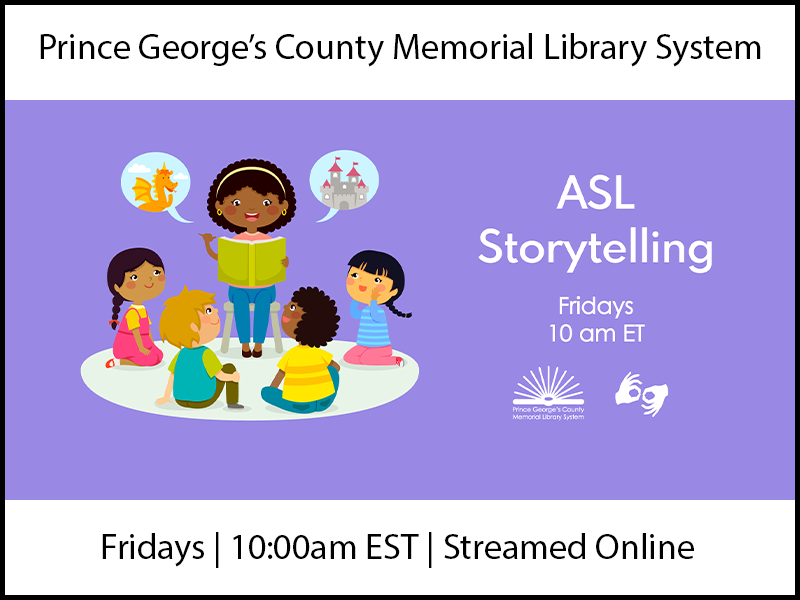

(Bi)literacy skills expanded: Storytelling ignites interests in reading and writing (text and video).

It encourages one to think creatively - outside the box. Stimulates imagination and creativity: Storytelling allows one to learn and play creatively with language.

Learn how to build sentences as well as how to interpret meanings. Thinking and problem solving skills: Storytelling helps exercise one's mind. (The words "verbal" and "listening" have nothing to do with sound or speech! "Verbal" simply means non-written.) Listening and verbal communication skills: Engaging storytelling expands listener's listening skills and comprehension. It helps ASL students learn sentence structure. Language development: Storytelling helps expand one's vocabulary building in children's language acquisition L1 (first language) and ASL students' language acquisition (second language).

Language in a visual-temporal-spatial-kinetic dimension (that is, sign language) allows a storyteller produce a richly imaginative cinematic-like narrative, using cinematic vocabulary in addition to other grammatical features and devices.ĪSL storytelling has several benefits for language development, language learning, entertainment, etc. Some Deaf storytellers, filmmakers, and artists use unique devices integrating language (e.g. For example, a signing style in ASL storytelling for children is different from a style for adults.ĪSL storytelling and poetry employ literary devices and elements that are some familiar as found in spoken literature and some unique as signing is a visual-temporal-spatial medium. Like vocal-auditory (spoken) and written languages, there are different styles of articulation in visual-manual (signed) languages. Signed stories are passed on verbally (not spoken but signed, like orally) from generation to generation, till the advent of video technology as a written form in the 1970s or 1980s and onwards. Like every language and culture, signed storytelling is one of the oldest cultural traditions. It can be found in every culture as a means of entertainment, education, and/or preservation of the culture. Storytelling is the old-age art of telling a story. Deaf culture, literature and art Storytelling in American Sign Language (ASL)


 0 kommentar(er)
0 kommentar(er)
